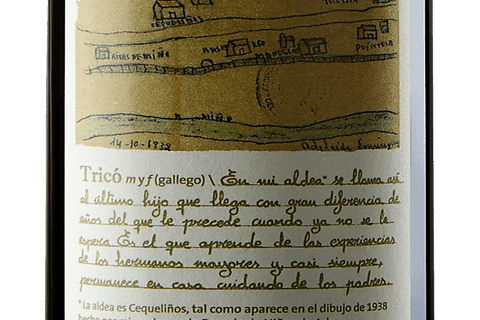Is Organic Albariño Possible in Rías Baixas?
Natalia Rodriguez left her job as a lawyer to return to the countryside and try to make organic albariño. Twelve years later, she’s the first certified organic albariño producer in Rías Baixas. We sat down to talk about organic farming, the Condado do Tea, and what makes albariño special.


